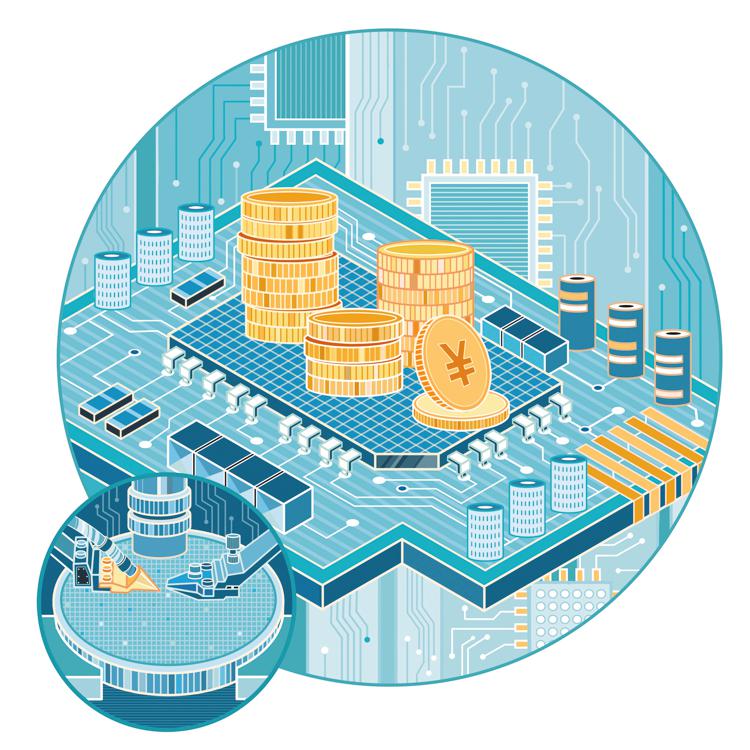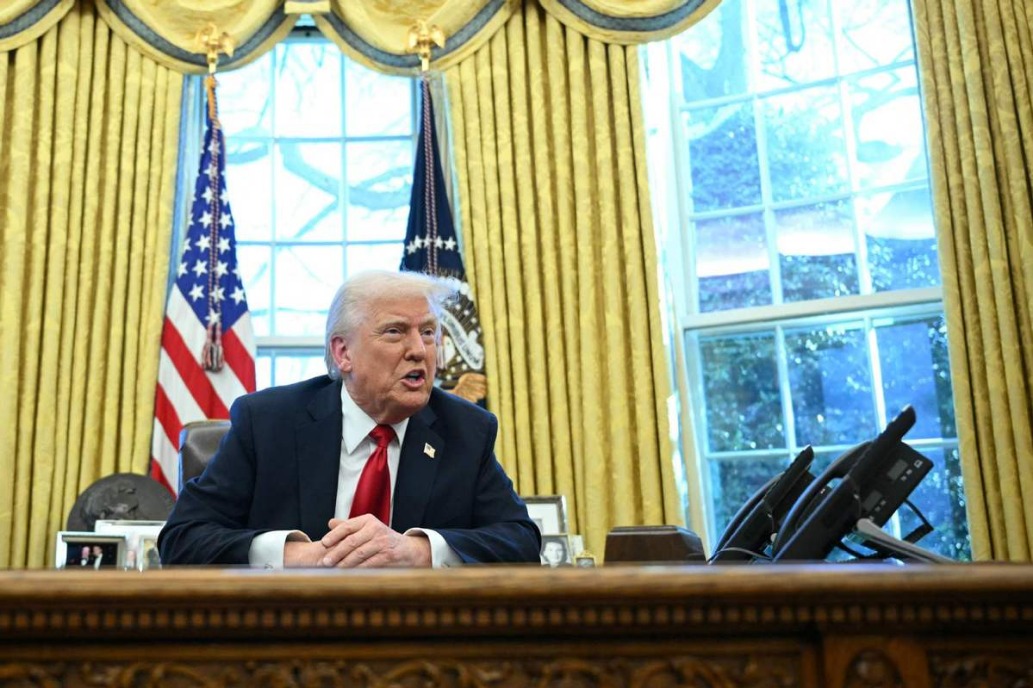From cash to code


When I left Nashville in the US state of Tennessee for Shenyang, China, in late 2008, my wallet was filled with cash and credit cards. Back then, hailing a taxi or buying groceries meant counting bills or swiping cards. Seventeen years later, my wallet gathers dust. My smartphone handles everything — scanning QR codes at street markets, splitting restaurant bills, and even paying rent.
China's transformation into a cashless society hasn't just altered daily life here; it's reshaping global conversations about money.
In my early days in Shenyang, cash ruled. Today, even elderly vendors at the local market greet customers with superapp WeChat Pay QR codes. China's mobile payment surge, driven by platforms like e-commerce giant Alibaba's e-wallet app Alipay and WeChat Pay, has become a way of life. These systems now process some 500 trillion yuan ($70 trillion) annually, connecting people to services ranging from public transit to healthcare.
The next leap came in late 2019 with the launch of the pilot programs of digital yuan (e-CNY), a state-backed currency designed to function both online and offline, safeguard privacy and reduce transaction fees. By the end of June 2024, China's e-CNY transactions amounted to 7 trillion yuan ($960 billion). I've used it to pay taxes, shop and transfer funds. It's quicker than American mobile payment service Venmo and feels more secure than physical cash.
China's innovations are drawing worldwide attention. Initiatives like mBridge — a cross-border payment project involving the Chinese mainland, the Hong Kong Special Administrative Region, Thailand and the United Arab Emirates — are testing the e-CNY for international trade. The aim is to streamline transactions and lessen dependency on systems like SWIFT, the US-dominated global banking network.
China is demonstrating that digital currency transcends technology — it's about redefining financial collaboration. From Sweden to South Africa, nations are exploring central bank digital currencies, while Belt and Road partners like Pakistan use the e-CNY to simplify trade with China.
China's cashless shift is revolutionary. In the US, bank transfers or apps like PayPal still incur fees and delays. Here, transactions are instant and free.
Yet challenges remain. Privacy concerns persist, and international standards for cross-border digital currencies are fragmented. China has acknowledged the need for cooperation.
My journey from Nashville to Shenyang reflects a broader shift: Money is turning invisible, borderless and accessible. For developing economies, China's model offers a path to financial inclusion without costly banking infrastructure. For advanced economies, it's a prompt to innovate.
The true lesson lies not in rivalry but in partnership. Projects like mBridge highlight how digital currencies can bridge economies, not just individuals. As a Chinese American, I've witnessed both skepticism toward China's tech ambitions and respect for its execution.
One truth is evident: The future of finance won't be dictated by a single nation. It'll be built by those willing to collaborate, experiment and learn from one another. And for now, China's writing the playbook.
The author is an American living in Shenyang, Liaoning Province.


































